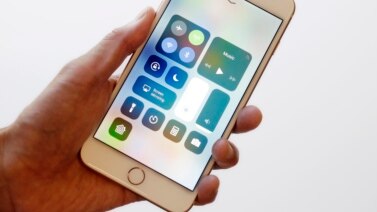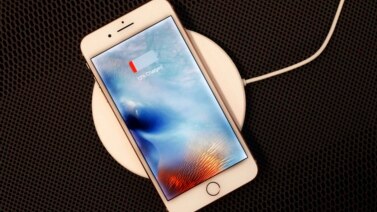
Apple’s well publicized iPhone X finally went on sale in pre-orders last week. The device will be available in Apple stores this Friday, November 3.
With a starting price of $999, the iPhone X has the highest-price of any iPhone ever offered. Yet Apple said demand for its latest smartphone has so far been “off the charts.”
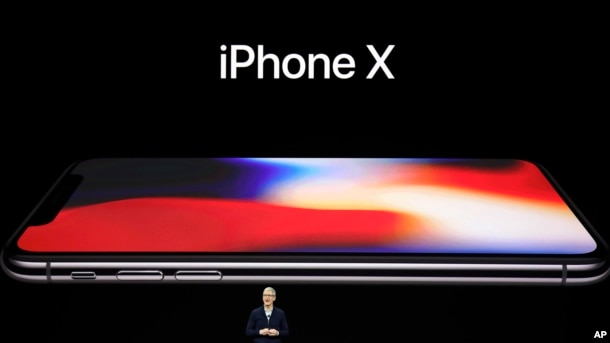
One of the most-talked about features of the iPhone X is the new front and back-facing cameras. Apple says its TrueDepth technology greatly improves performance for photographs and video.
The camera is also trained to recognize faces and expressions. The company says this gives users power to open up the phone just by looking at it.
The new Face ID recognition system replaces the Touch ID on other Apple devices that used a fingerprint to unlock the phone. Other smartphones - including the latest Samsung Galaxy models - also use facial and eye recognition technology to start up the devices.
But Apple says its Face ID system operates differently. It works by projecting more than 30,000 dots on the face of users to create a kind of map. An infrared camera then reads these marks to create an image that can be confirmed as having the same appearance.
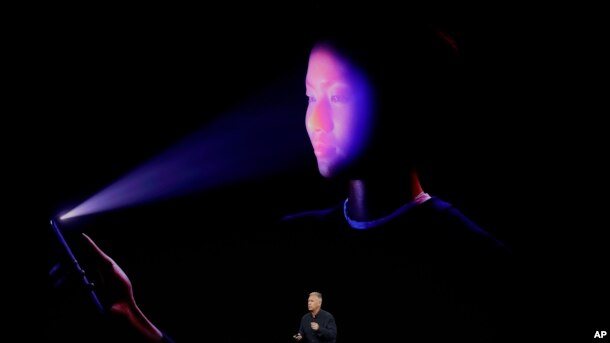
Apple says the system is also designed to continually learn. Each time the face is used to unlock the phone, it is supposed to note any changes, such as facial hair or the person getting older. The system can then remember the changes to keep recognizing the person over time.
The company claims its facial recognition is even secure enough to process payments through its Apple Pay service.
Many reviews of the iPhone X have been published recently. Some of them included tests of the Face ID system.
Reviewers reported successful tests in which the phone recognized the face in different situations and unlocked the device. But most reviewers also said the feature did not work perfectly all the time.
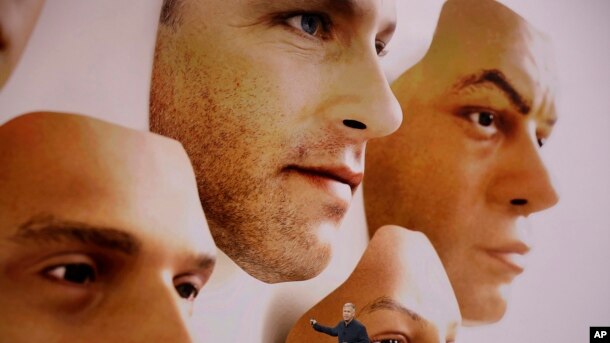
One fairly common failure was that the Face ID sometimes did not unlock the iPhone X if the user wore a certain kind of sunglasses. Not surprisingly, wearing any kind of disguise - even one covering just part of the face - caused Face ID to fail. It was found to work correctly when the user was wearing headphones or a hat.
The Associated Press’s Anick Jesdanun reported that Face ID also worked in most bright sunlight, although not every time. “It also worked in the dark, thanks to the use of infrared sensors rather than just the standard camera,” Jesdanun wrote. “That’s important when you wake up in the middle of the night.”
Several attempts were made to trick Face ID into unlocking the phone with a photo of a person instead of a real face. The iPhone X was able to pass these tests by knowing the difference between a photo and a face.
Wall Street Journal reporter Joanna Stern tried something a little different. She went to a mask maker and asked for a recreation of her face to see if the iPhone X would be fooled. It was not. “Face ID knew it was somebody’s face, but it wasn’t duped into thinking it was me,” she wrote.
Tricks and treats with the iPhone X Face ID. ENTER AT YOUR OWN RISK. My column and video: https://t.co/gYFGYlM1Yr pic.twitter.com/LnPBkcdNuq
— Joanna Stern (@JoannaStern) October 31, 2017
However, Stern carried out another test involving 8-year-old identical triplets. In this case the phone was tricked. After just one of the boys registered his face, his two brothers were happily able to unlock the phone.
Apple has admitted that Face ID could fail when used with young people who look very much alike. The company says the phone can also be fooled by faces of children under 13 years old.
Wired magazine’s David Pierce noted that Face ID does not seem to recognize a face from all positions. “My phone’s about an arm’s length away on my desk, and I have to lean in and stare every time I want it to turn on,” he wrote.
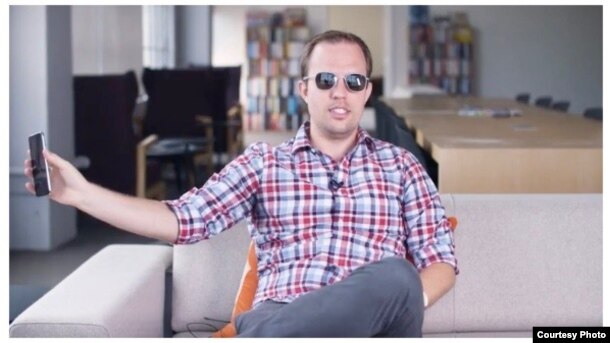
This can make it impossible for a user to quickly and quietly unlock a phone without being seen by others. This is one reason some reviewers suggested Apple could have kept the fingerprint unlocking system on the latest iPhones.
But Pierce found a favorite part of the Face ID was one of its privacy tools. When someone held the phone, it hid any messages until the device could confirm the user’s face.
Apple says its research shows there is only a one in a million chance of another person being able to unlock someone else’s iPhone X with Face ID. The company has promised the system will become “the new gold standard” for all facial recognition.
I’m Bryan Lynn.
Bryan Lynn wrote this story for VOA Learning English. His story was based on reports from the Associated Press, Reuters, and wired.com. George Grow was the editor.
We want to hear from you. Write to us in the Comments section, and visit our Facebook page.
Words in This Story
off the charts - idiom. extremely popular or successful
feature - n. an interesting or important part of something
unlock - v. to free from restrictions; to make available for use
project - v. to cause something to appear on a surface
review - n. media report in which the writer gives an opinion about something
disguise - n. clothes or other things people wear to not be recognized
mask - n. covering that hides or protects the face
dupe - v. to trick or fool someone into doing something
lean - v. move the body in a particular direction
stare - v. look at something continuously

